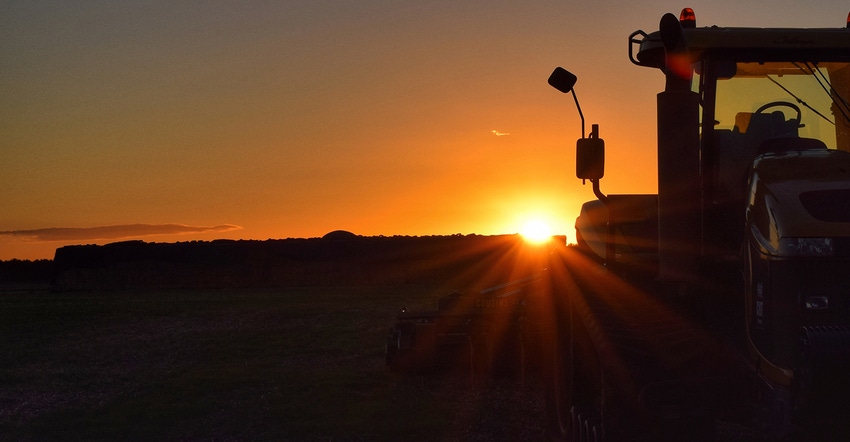April 29, 2019

Editor’s note: This is the third story in a series on ranch and farm estate planning.
An Idaho farmer wanted to acquire additional irrigated land to help pave the way for the next generation, but he didn’t want to be paying off debt well into retirement.
“We wanted to expand and also be debt-free, but how do you do that?” he asks. “Initially, I thought it would be impossible without taking out a 30-year loan.” The farmer has requested his name not be used for this story, to maintain the confidentiality of the arrangement; however, he shared his experience with Western Farmer-Stockman so readers can benefit.
It was later, by hard work and some luck, that the producer heard about a unique, relatively new program that allows ranches, farms and agribusinesses with sound equity to use something called “enhanced collateral” to expand operations and be debt-free within seven to 10 years — vs. the typical 30 years.
“At first, the concept scared the heck out of me. I didn’t know the people who had put this program together, and it sounded too good to be true,” he says. “It would require our family taking out a significant loan on our farm to be able to buy the enhanced collateral. And it would also require us putting a lot of faith in the guys who developed the model.”
But the Idaho grower thought it was worth investigating, because his family had the opportunity to sign a lease-buy contract on an irrigated farm adjacent to their operation.
Finding the right help
“We wanted to be able to have a good farm for the next generation, which required expansion, but I wasn’t too excited about paying the land off when I was in my late 70s,” says the farmer, who began exploring options by visiting with bankers, accountants, financial advisers and others.
“‘You need to talk with Frank and his partners to find out about this new program,’ one of them told me. ‘You need to see how they can help you.’”
Skeptical of the advice to “talk with Frank,” the farmer made the call anyway, reaching out to Frank Deede, a real estate broker and cattle producer in Pavillion, Wyo. Deede spent three years developing the enhanced collateral program with three business partners before taking it public.
Their first client was an agribusiness company in Fort Collins, Colo., which used the model Deede and his partners developed to expand their business without taking out a traditional 30-year loan.
The Idaho farmer says he began feeling good about the program after an in-depth conversation with Deede, so he began researching it in earnest: first, by visiting with one of the owners of the Colorado agribusiness.
The Idaho producer was able to confirm that everything with this “enhanced” program worked as planned, so he began working with a banker who offered the confidence that this deal was real, and not a scam.
Before making a final decision, however, the producer did months of financial analysis on his family’s farm, including worst-case scenarios. “What happens if we lose 100% of the money we’re putting into the enhanced collateral portfolio? Can our farm survive a loss like that?” he asks.
For their situation, the farmer says, “A drastic loss like that wouldn’t put us out of business, but it would take five to 10 years to recover the loss. For us, it was a very measured decision, and we determined that the program would help our farm into the next generation.”
Enhanced collateral in action
He and his family are now using the program to rent approximately 1,500 acres of high-quality irrigated land from a retired couple, with the eventual goal of buying the land.
“We took out a loan on our land to come up with the necessary cash to purchase the enhanced collateral, which was in the form of government-backed bonds,” the farmer says, noting that his family worked through a licensed securities broker well-versed in this type of financing.
The cash flow from the bonds covers about 50% of their annual payment for the rental land, and 100% of the loan payment.
“Getting half of our rent paid for with the enhanced collateral portfolio brought the cost per acre down to a level in which the crops can cover the rest of the payment,” the farmer says.
As the bonds pay down the loan, the family gains equity in the land. In turn, family members plan to use this equity as a down payment to help buy the neighboring farm.
“We anticipate being able to pay off the land in 15 years or less,” he says. “Without this program, we would have been forced to take out a 30-year loan.”
Waggener writes from Laramie, Wyo.
About the Author(s)
You May Also Like




